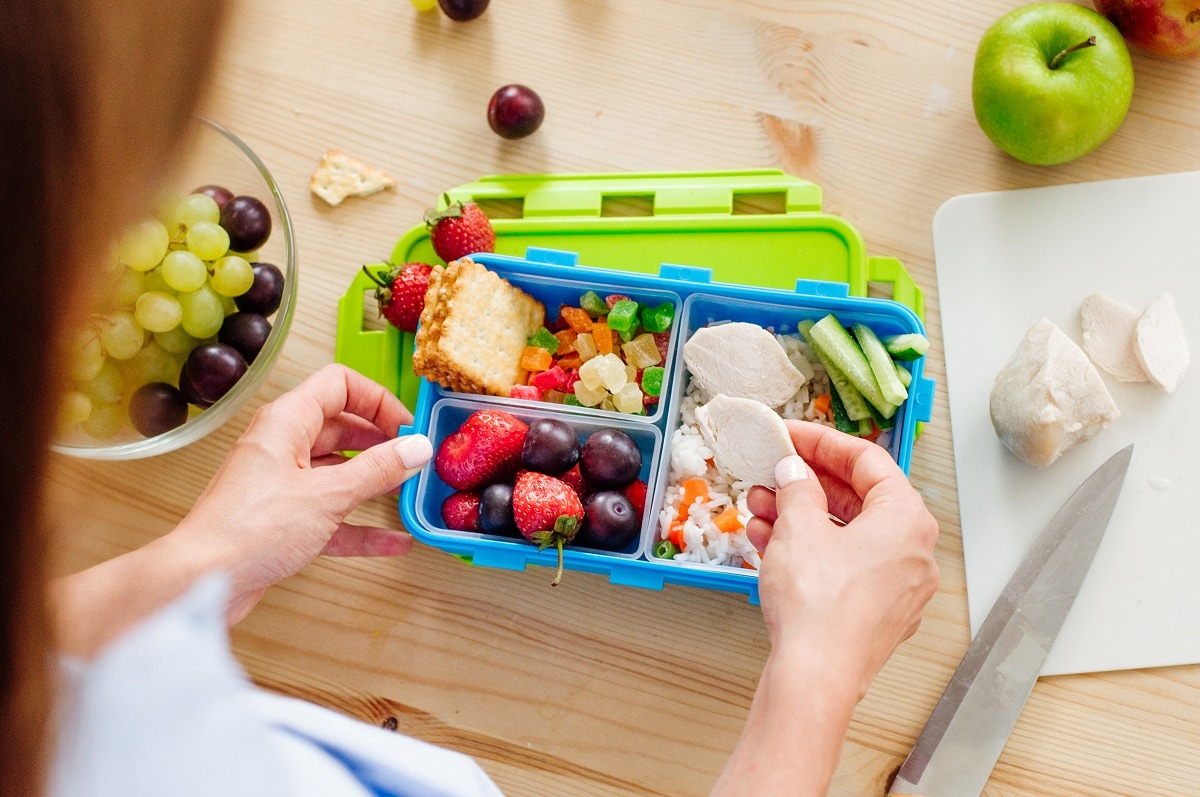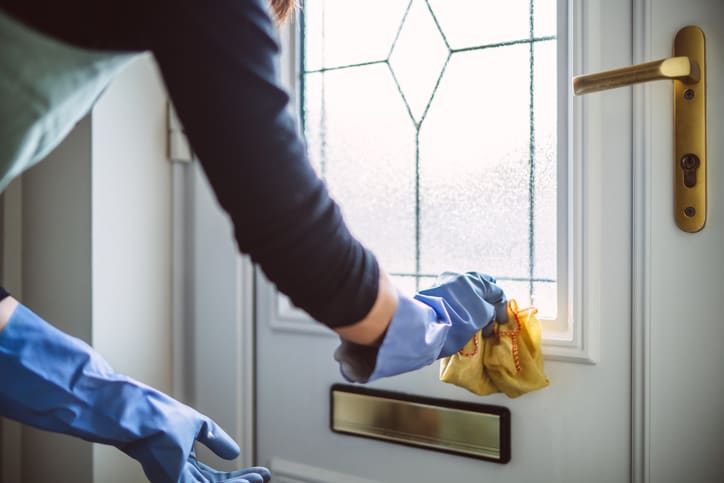>> Looking for help in your home? Find a housekeeper now.
If you’re like most parents, you do everything you can to ensure your child’s safety, e.g. never letting them ride a bike without a helmet and teaching them to cross the street only at a crosswalk. But, have you ever considered the dangers that could be lurking in your kid’s lunch box? Keep your child safe from food-borne illnesses by making lunch box safety a priority with these nine tips:
-
Use an Actual Lunch Bag
Don’t use a bag not meant to be a lunch pack, as these may not be insulated and will not keep temperatures low. While most parents and kids gravitate towards the prettiest bags, find one that actually works the best. They may look sweet, but they won’t pack much of a punch when it comes to keeping food safe from bacteria. -
Find an Insulated Bag
Pack your child’s lunch in an insulated lunch box, as this will keep the ice from melting too quickly. Experts are not a fan of tin lunch boxes because they provide cooling only for a short time. And grab an insulated container that can keep food hot until it’s time for lunch. -
Toss in a Cold Pack
Include at least one cold pack in your bag, even if you’re packing a frozen liquid or snack. And toss old ones. Cold packs, both hard and soft, can leak hazardous chemical solvents. Throw away any ice pack that has a leak or tear immediately. -
Throw out Old Lunch Boxes
Ripped or torn lunch boxes should also be discarded immediately, as these may no longer shield food from bacteria or keep items sufficiently cold. Bacteria can sneak in through leaks and tears and cold air can sneak out. -
Test the Temperature
Foods should remain at a temperature of 40 degrees
Fahrenheit
or below. Experts suggest using a thermometre to check the internal temperature of your lunch box to be on the safe side. -
Be Wary of High Protein Foods
High protein foods are bacteria magnets. These include meat, chicken, eggs, fish and yogurt. If you include these in your child’s lunch box, make sure they are eaten within two hours if the temperature outside is below 90 degrees and one hour if the temperature outside is above that mark. -
Befriend Mayo
Mayonnaise is not the culprit you think it is. The acid in mayonnaise actually helps to protect food from bacteria, but this is not a substitute for an ice pack. -
Pack a Small Bag
Opt for a smaller lunch box as these will keep colder longer. If your lunch box is large, fill it with more than one ice pack. -
Keep it Clean
Wash your lunch box after every use with hot, soapy water and let it dry thoroughly. Experts also recommend airing out lunch boxes in the open air if they take on a slight smell. If the smell doesn’t fade, toss the lunch box immediately.
>> Looking for after-school care? Find carers in your area now.


